Region has been home to storied names in art circles
Visit Flanders is inviting art enthusiasts to brush up on their knowledge of some household names in art circles.
The tourist board, which represents the Dutch-speaking part of Belgium, says the region it promotes deserves to be synonymous with famed artists and artworks.
“Art and Flanders, Belgium, are deeply intertwined, with the region having played a pivotal role in the development of European art, particularly during the late Medieval, Renaissance, and the Baroque periods,” says the tourist board’s Marco Frank. “Flanders is the northern part of modern-day Belgium, where cities like Bruges, Ghent, Antwerp, and Brussels became flourishing centers of commerce, culture, and artistic production.
“It is certain that those who appreciate art will find Flanders to be a deeply rewarding destination. The region’s rich artistic history, particularly in painting, architecture, and decorative arts, offers a unique experience for art lovers. While individual tastes vary, Flanders provides an unparalleled combination of historical significance, masterful works, and immersive cultural experiences that make it a compelling place for art enthusiasts.
“Flanders is home to some of the most iconic masterpieces in Western art,” Frank continues. “These works are housed in world-class museums. Art lovers with an interest in portraiture, religious art, and the evolution of painting techniques — like oil painting, which was perfected in Flanders — will find much to admire in these collections.”
But Frank says Flanders’ artistic history isn’t only reflected in paintings.
“The cities of Flanders, such as Bruges, Ghent, Antwerp, Leuven, Mechelen and Brussels, are themselves works of art,” he states. “Medieval, Renaissance, and Baroque architecture dominate these cities, with well-preserved structures like the belfries, town halls, city palaces and churches, offering an immersive experience in historical urban design.
“Flanders is packed with museums and galleries dedicated to showcasing the artistic heritage of our region. Furthermore, for art lovers, visiting churches in Flanders is a must. Many of these buildings house world-renowned altarpieces and religious paintings. These churches not only offer stunning art but also reflect the close relationship between ‘faith, art, and society’ in the region from the Middle Ages to the Baroque. The combination of art, history, and daily life makes it easy for visitors to engage with art on the streets and in plazas, enhancing the overall cultural experiences.”
Frank says Flanders has a vibrant cultural calendar, featuring festivals, exhibitions, and art-related events. It also takes pride in its legacy in performing arts and music, with various world class polyphonic music festivals, a musical genre, where multiple melodies are played or sung together to create a complex but harmonious sound.
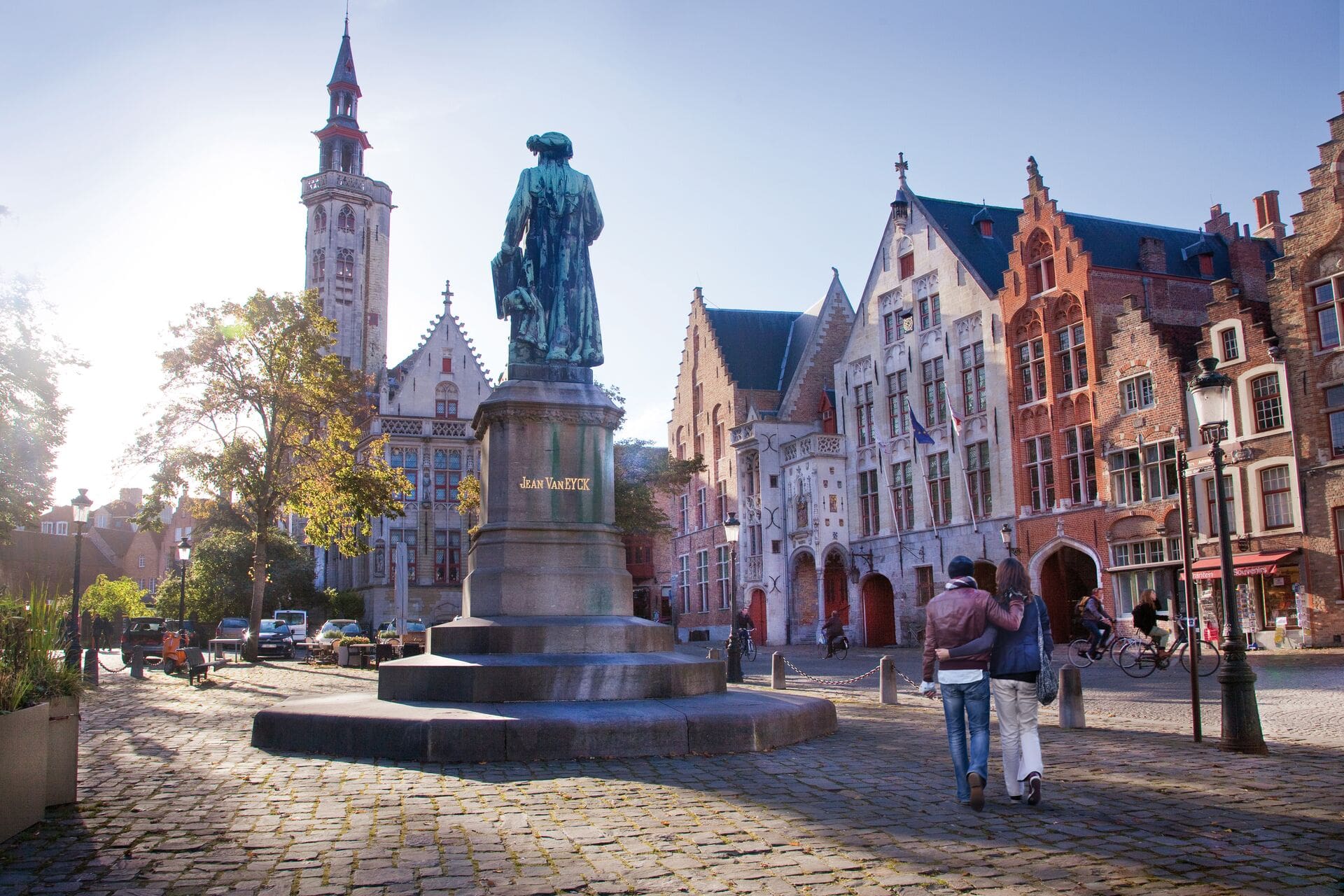 © Toerisme Brugge – Jan D’Hondt
© Toerisme Brugge – Jan D’Hondt
“Centuries ago, Flemish musicians already made their mark across Europe’s major courts and religious centers. Art lovers will find a very diverse range of events and activities that cater to all tastes,” Frank says. “Beyond just viewing art, Flanders offers an intellectual engagement with its artistic heritage. For instance, Studio Rubens at the KMSKA which restores all the massive Rubens works which are too big to leave the museum provides insight into the techniques and history behind the masterpieces. Museums and institutions often host lectures, tours, and educational programs, deepening the experience for art lovers who wish to learn more about the context, symbolism, and technical aspects of Flemish art.”
Tourism authorities take pride in how Flemish Masters shaped art.
“One of the most significant contributions of Flanders to art history are the Flemish Primitives, a group of painters who revolutionized painting in the 15th century. Key artists of this period include Jan van Eyck, Rogier van der Weyden, Hans Memling and Dieric Bouts. These artists developed a naturalistic style, using meticulous detail and vibrant colors to depict religious scenes, portraits, and landscapes. The use of oil paints allowed for greater depth and texture, marking a significant evolution in European painting,” Frank says. “The 16th and 17th centuries saw the rise of Peter Paul Rubens, one of the most renowned painters of the Baroque period. Rubens, who lived in Antwerp, was known for his dynamic compositions, vibrant use of color, and mastery in depicting the human body. His works and that of his contemporaries like Jacob Jordaens, Frans Snijders, and Anthony Van Dijck influenced European painting and remain central to the Baroque tradition.”
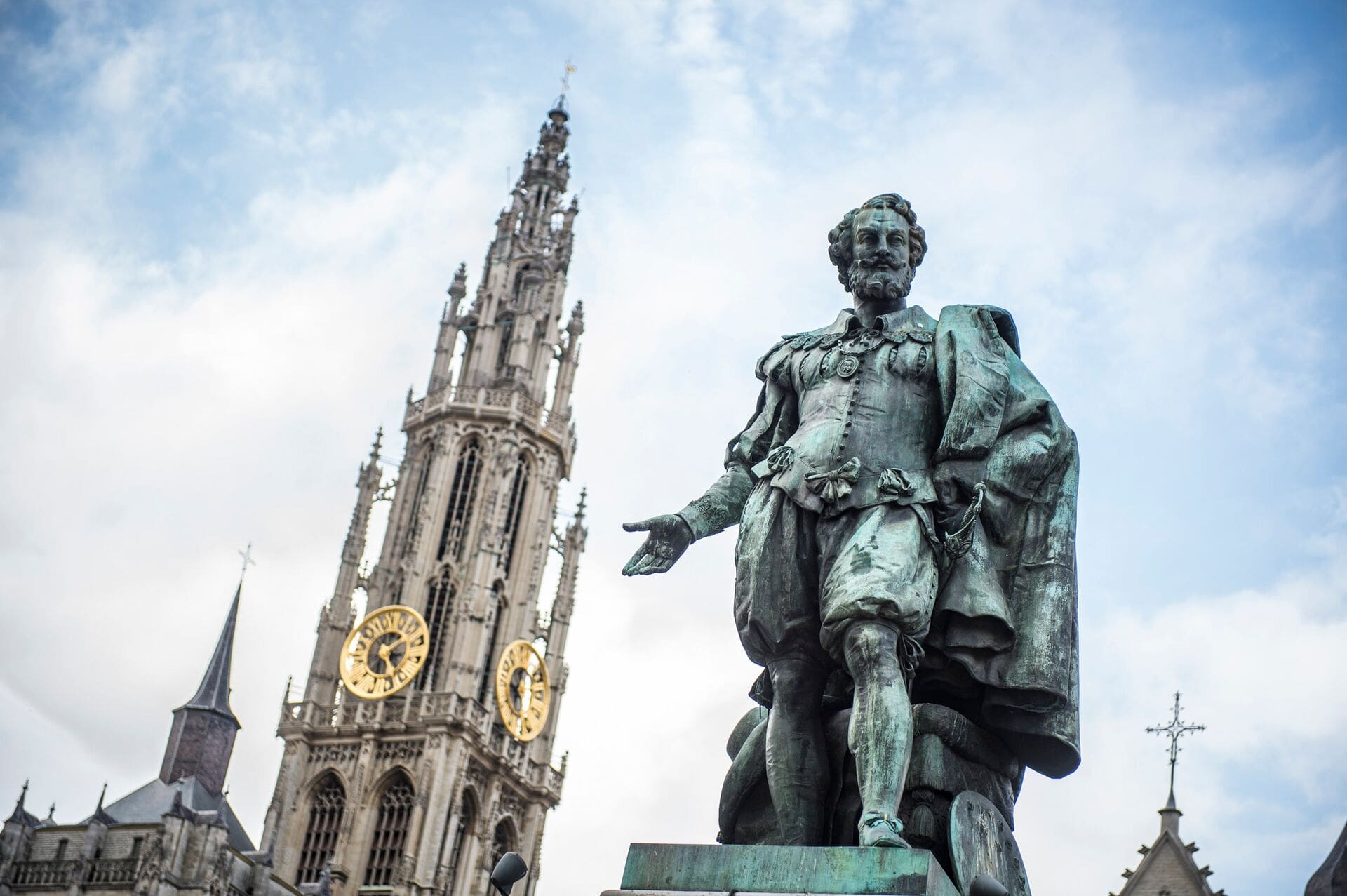 © Kris Jacobs
© Kris Jacobs
Frank notes wealthy merchants, churches, and aristocrats in Flanders and abroad were key patrons of the arts, leading to the creation of some of the “most exquisite art.”
Flanders was also famous for its tapestries during the 15th and 16th centuries, with cities like Brussels, Mechelen, and Oudenaarde were renowned for producing high-quality tapestries that were sought after by European courts. Frank says the craftsmanship of Flemish artisans set a standard in decorative arts, particularly in textiles, lacemaking, and furniture design.
Flanders has “continued to contribute to the art world in modern and contemporary ways, ” Frank continues. “In the 20th century, Belgium became home to notable painters like René Magritte, Léon Spilliaert, James Ensor, Constant Permeke Fernand Khnopff, and Paul Delvaux.”
Frank reports that the influence and legacy of Peter Paul Rubens — arguably the most famous of Flemish artists — can today be seen throughout Flanders, particularly in his home city of Antwerp, but also in other parts of the region.
“Rubens’ artistic style and impact have left an enduring mark, visible in architecture, churches, museums, and public spaces,” Frank adds. “Rubenshuis’ is the former home and studio of Peter Paul Rubens, located in Antwerp, where he lived for over 25 years. Today, it is a museum dedicated to his life and works. The historical house remains closed for renovations until 2030, but the new Rubens Visitor Center and fully redeveloped Baroque garden opened this September. Rubens’ influence is perhaps most profoundly felt in the Cathedral of Our Lady, Antwerp’s most iconic religious building.”
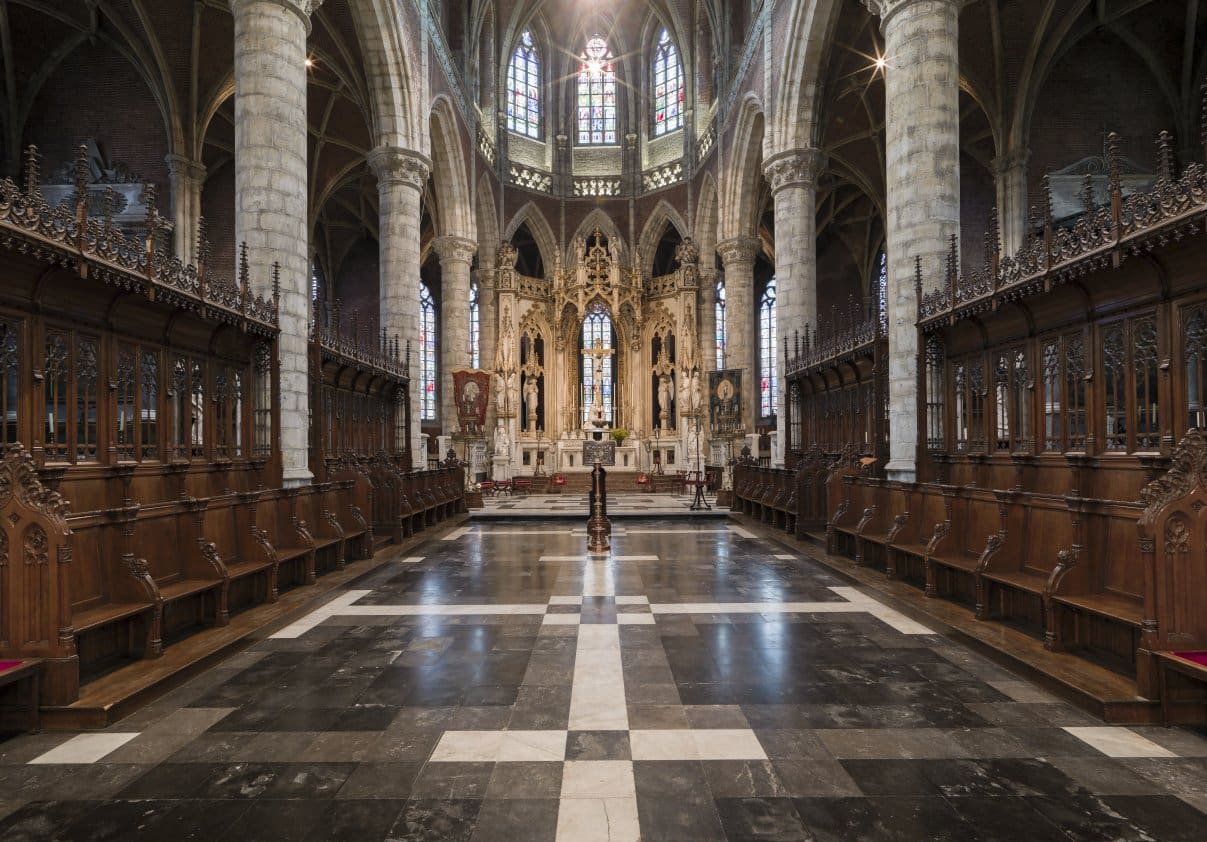 © www.lukasweb.be
© www.lukasweb.be
The cathedral houses no fewer than four masterpieces by Rubens, including two monumental altarpieces The Elevation of the Cross’ (1610–1611) and ‘The Descent from the Cross’ (1612–1614).
“These works are quintessential examples of Rubens’ Baroque style, filled with dynamic movement, dramatic lighting, and powerful emotional expression. The large altarpieces dominate the space and are central to the religious and artistic significance of the cathedral.”
St. James’ Church (Sint-Jacobskerk) in Antwerp is another important location tied to Rubens, with the artist buried in it and the chapel where he lies having one of his paintings, The Madonna Surrounded by Saints’ (1634–1636), which he painted specifically for his family’s burial chapel.
“The church itself is an excellent example of Baroque architecture and contains several other works by Rubens’ contemporaries, highlighting the artistic culture of Antwerp during his time,” Frank states.
The Royal Museum of Fine Arts Antwerp (KMSKA) houses one of the largest collections of Rubens’ works, including portraits, religious paintings, and mythological scenes. Some of his most famous works in this museum include The Adoration of the Magi and The Assumption of the Virgin Mary. Rubens’ style and artistic influence can be seen in other Flemish cities, where works by his students and followers, such as Anthony van Dyck, continue the legacy of Flemish Baroque art.
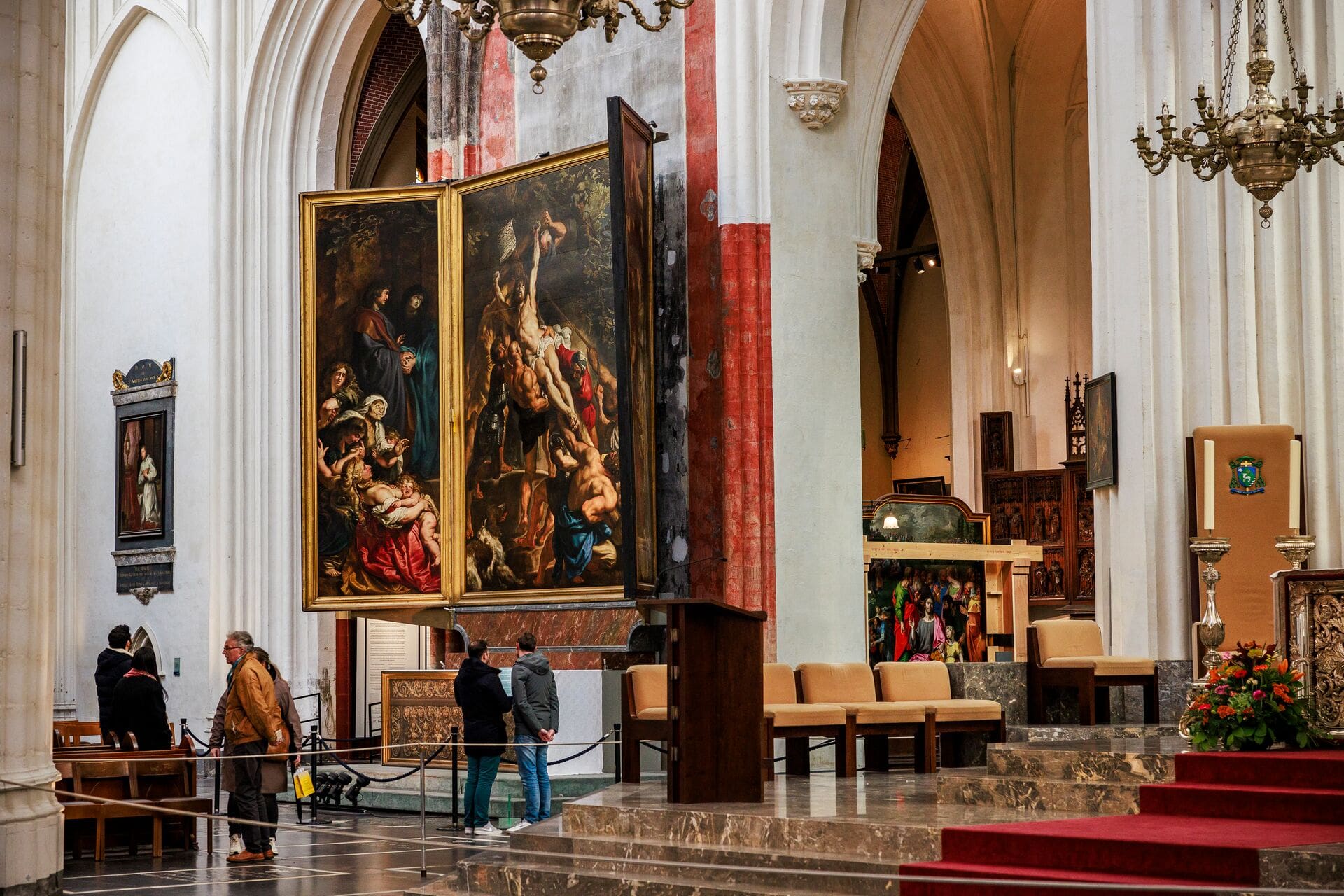
Frank says this is an especially good time for art enthusiasts to visit Flanders, thanks to several ongoing and upcoming events, exhibitions, and restoration projects that highlight the rich artistic heritage of the region.
“The Ghent Altarpiece — also known as the ‘Adoration of the Mystic Lamb’ by Jan van Eyck — is undergoing an extensive, multi-year restoration,” he continues. “Visitors to St. Bavo’s Cathedral in Ghent can see the restored outside panels and inside lower register of the masterpiece in their fully glory, offering a rare opportunity to appreciate the intricacy and brilliance of this iconic work.”
Clients can visit the Museum of Fine Arts in Ghent to see the upper register panels of the triptych currently in restoration.
“The restoration work is a fascinating experience that anyone can observe as restorers uncover the original paint layer,” he notes. “The Royal Museum of Fine Arts Antwerp reopened in 2022 after a decade-long renovation, and its expanded galleries now house one of the world’s largest collections of Rubens’ works alongside other Baroque and modern artists, such as the largest collection of James Ensor paintings. 2024 is a commemorative year for James Ensor.”
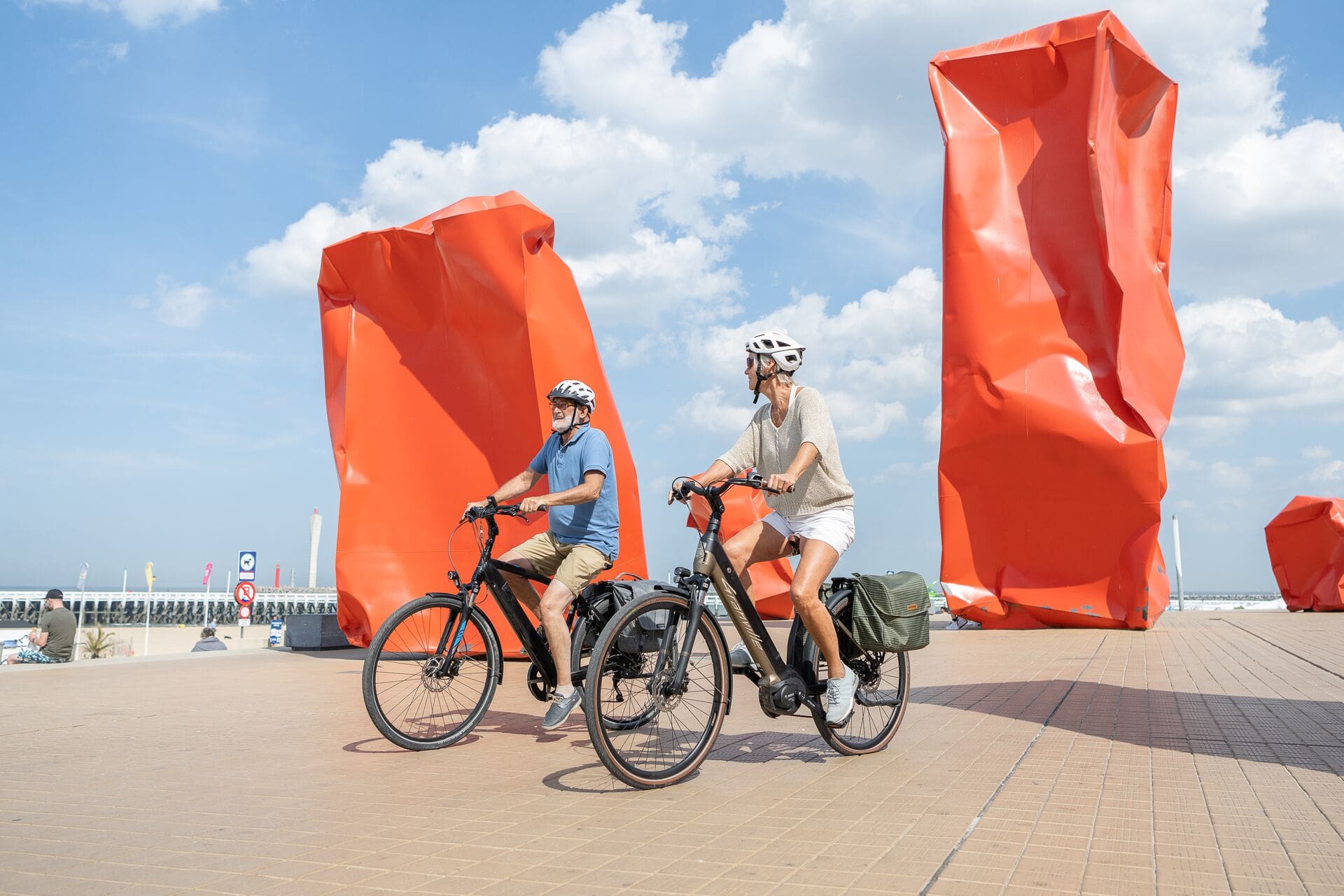
Currently, the celebrations focus on Antwerp. The Antwerp program started on Sept. 28 with the city hosting four world class exhibitions dedicated to Ensor.
“Flanders is home to numerous art festivals that draw international attention. The Triennial Bruges is noteworthy event, where contemporary art installations are placed throughout the historic city. It’s an excellent opportunity for art lovers to experience a blend of historical and modern art in a unique setting. Sept. 1 was the last day of Bruges Triennial 2024: Spaces of Possibility. For almost five months, TRIBRU24 took to the streets of the historic inner city and the beach of Zeebrugge with contemporary art and architecture installations. Over 400,000 people discovered (sometimes unknown) streets, parks and squares and looked at Bruges from a different perspective.”
Clients will have to wait until 2027 for the fifth edition of Bruges Triennial but in the meantime can take in Beaufort, a contemporary art festival on the Belgian coast.
“This year’s edition runs until Nov. 3. The 2024 edition features 18 new art installations, eight of which will become part of the permanent Beaufort Sculpture Park, which continues to grow with every edition,” he says. “In 2025, we will highlight the art of Flemish Masters in their historical locations across Flanders. While their works can be found in museums around the world, only in Flanders can both old and modern masters be seen in their true context. This is where they lived, worked, and found their inspiration. And it’s here that you can still experience many of their works – sometimes in truly unique locations.”
Frank adds those of us on this side of the Atlantic can easily view great Flemish art.
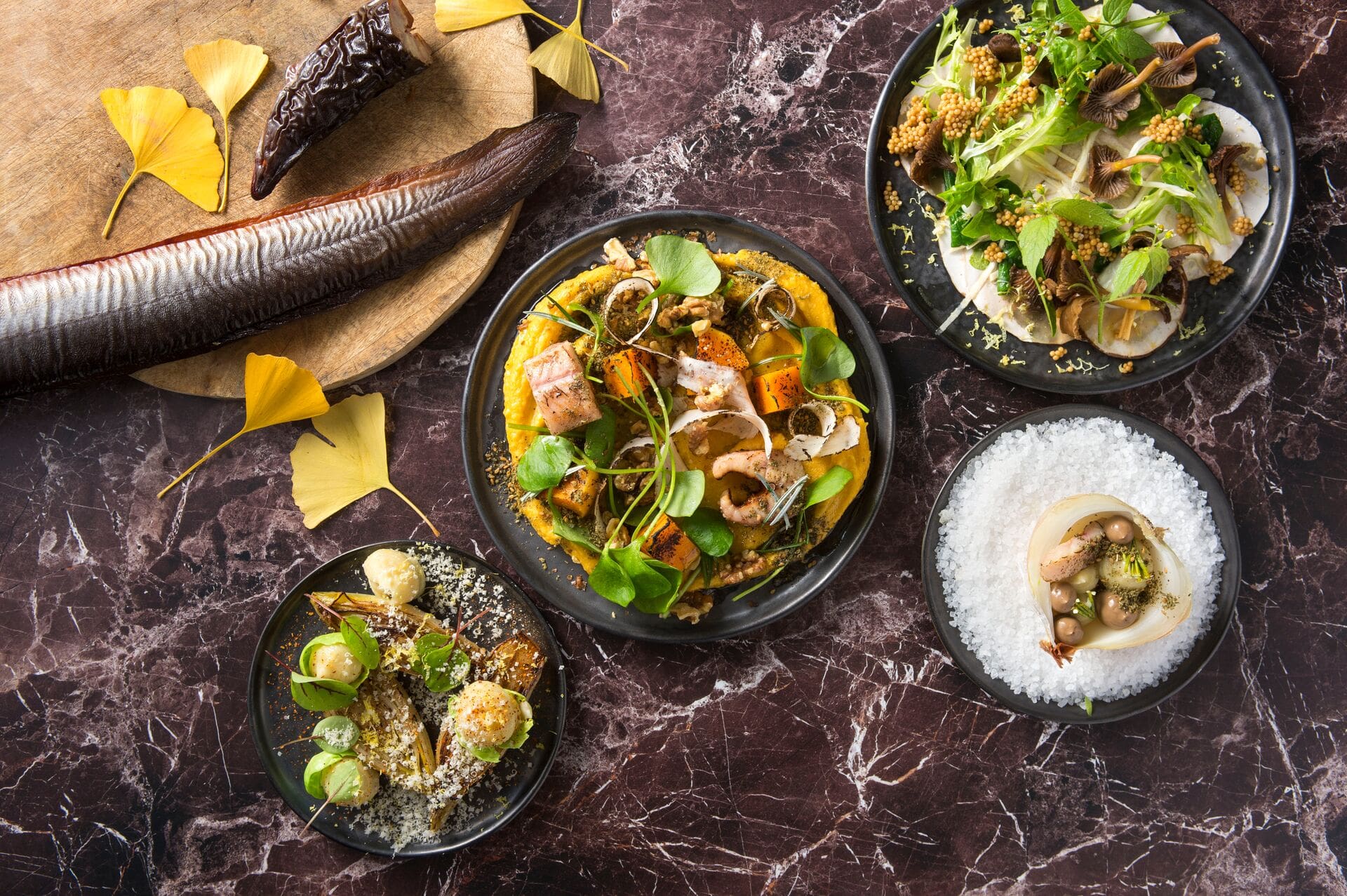
“For Canadians, to get an initial inspiration and a closer look at the Flemish Masters, the exhibition ‘Saints, Sinners, Lovers, and Fools: 300 years of Flemish Masterworks’ at the Montreal Museum of Fine Arts offers an excellent opportunity to see Flemish artwork ‘closer to home’,” he reports. The exhibition will run until Oct. 20.
Frank says residents of Flanders are deeply proud of their rich artistic heritage, which is a cornerstone of their cultural identity.
“Our art and heritage are widely celebrated and preserved in various ways. This pride is reflected in multiple aspects of life in Flanders, from public spaces and institutions to festivals and education,” he states. “Flanders has a long history of artistic excellence, stretching back to the Middle Ages. The achievements of Flemish artists are central to our identity. Art is intertwined with the region’s historical legacy as a center of wealth and culture during the Burgundian and Habsburg periods, when the Low Countries were among the most economically and artistically vibrant parts of Europe. Flemish people often see themselves as custodians of this grand cultural legacy, with many efforts made to preserve, promote, and share this heritage with the world.
“The abundance of world-class museums and state of the art museography in Flanders is a testament to our pride in our artistic heritage. Museums like the Royal Museum of Fine Arts in Antwerp, the Groeningemuseum in Bruges, and the Museum of Fine Arts in Ghent, Hof van Busleyden in Mechelen, and Saint-John’s Hospital in Bruges are not just tourist attractions but also institutions that locals visit and support enthusiastically. Regular exhibitions and educational programs centered on Flemish art reflect a deep connection between the public and our artistic heritage.
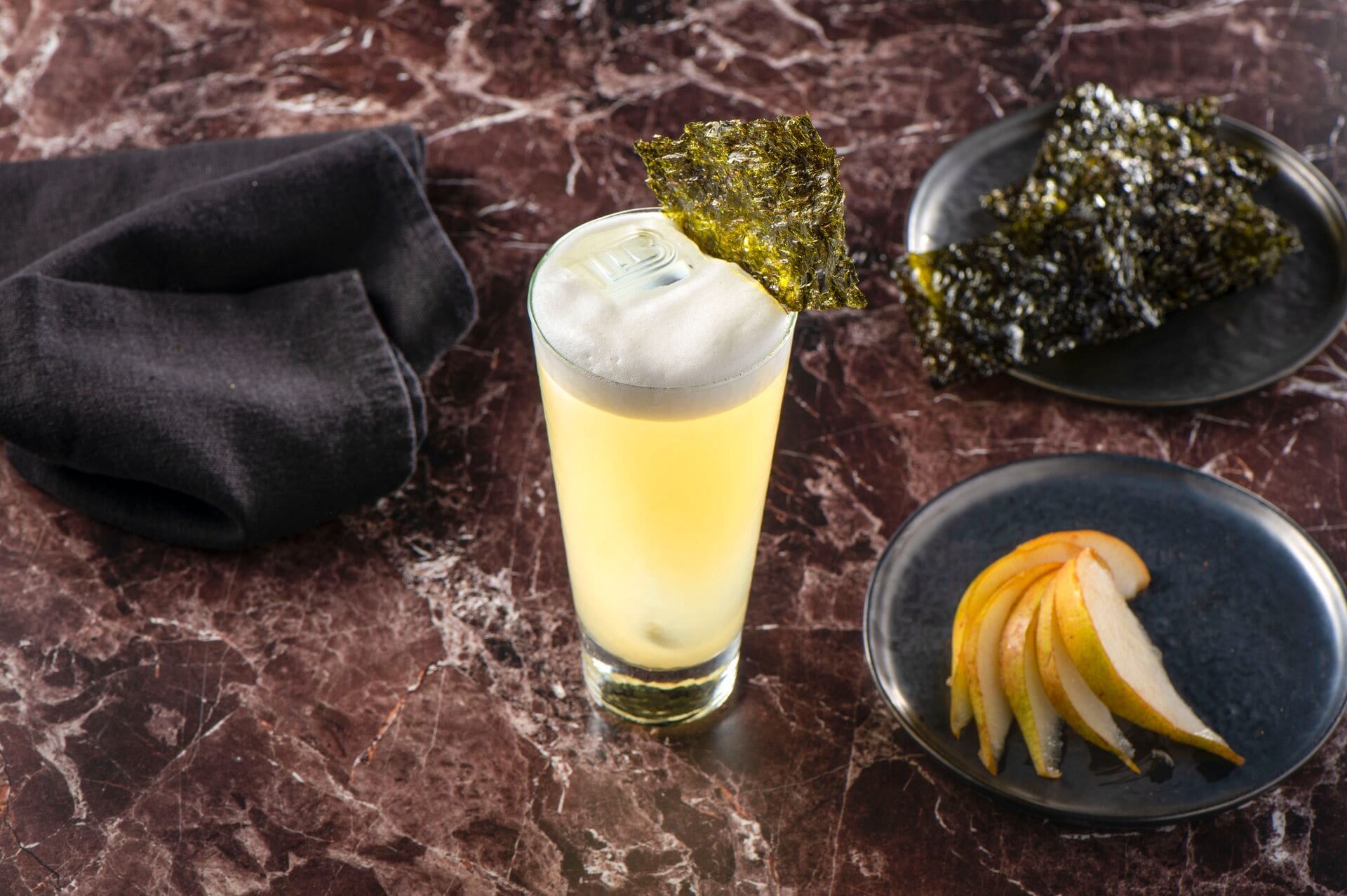
“Our pride in the Flemish masters is evident throughout our cities and towns. Statues of renowned figures such as Van Eyck, Bruegel and Rubens, adorn our public spaces. Many cities preserve churches and cathedrals that house historic Flemish artworks, implementing innovative solutions to ensure these treasures are accessible and enjoyable for visitors.”
Frank reports that visitors will be able to appreciate Flanders’ artistic heritage, regardless of when they visit.
“Flanders is a major year-round destination for art tourism and locals take pride in the fact that their artistic heritage attracts art-loving visitors from around the world. Cities like Brussels, Bruges, Ghent, and Antwerp are internationally renowned for their art collections and historic architecture, boosting local pride in the region’s cultural contributions.
Beyond just viewing art, Flanders offers an ‘intellectual engagement’ with its artistic heritage. For instance, Studio Rubens at the KMSKA which restores all the massive Rubens works which are too big to leave the museum provides insight into the techniques and history behind the masterpieces. Museums and institutions often host lectures, tours, and educational programs, deepening the experience for art lovers who wish to learn more about the context, symbolism, and technical aspects of Flemish art.
“Flanders offers an immersive and varied artistic experience, appealing to lovers of both ‘historical art’ and ‘contemporary culture’. Whether through its famous ‘Flemish Masters’, beautifully preserved architecture, or dynamic cultural scene, Flanders is a destination that will likely captivate anyone with a deep appreciation for art. The region’s commitment to preserving, showcasing, and celebrating its artistic heritage ensures that art lovers can enjoy a comprehensive and rewarding experience.”
Meanwhile, Frank says visitors will find other sides to Flanders intriguing.
Flanders is not only known for its art & heritage but also for its culinary excellence,” he notes. “For visitors who enjoy a combination of art, history, and gastronomy, Flanders offers exceptional experiences. Many cultural itineraries pair visits to museums and churches with stops at famous breweries, chocolatiers, and restaurants, making the region appealing for those who appreciate a full cultural immersion.
“We look forward to welcoming you and your clients in Flanders very soon.”
More information can be found at www.ensor2024.be; www.triennalebeaufort.be; www.mbam.qc.ca/en/exhibitions/saints-sinners-lovers-and-fools/; and www.flemishmastersinsitu.com.

















